American Life in Poetry: Column 707
BY TED KOOSER, U.S. POET LAUREATE
Peter Schmitt is a Floridian, and the following poem is from his book, Renewing the Vows, published by David Robert Books. Poetry seems to be the perfect medium for brief anecdotal stories, but most of us have higher expectations of a poem, believing it should reach beneath the surface and draw up something from the deeper parts of experience. This is just such a poem.
The Bench
 It’s all like a bad riddle, our widow friend
It’s all like a bad riddle, our widow friend
said at the time. If a tree falls in the woods
and kills your husband, what can you build from it?
That she was speaking quite literally
we did not know until the day months later
the bench arrived, filling that foyer space
in the house the neighbors pitched in to finish.
She’d done it, she said, for the sake of the boys,
and was never more sure of her purpose
than when they were off, playing in the woods
their father loved, somewhere out of earshot
and she would be struggling in with groceries.
For her, it was mostly a place to rest
such a weight, where other arms might have reached
to lift what they could. Or like the time we knocked
at her door, and finding it just ajar,
cautiously entered the sunstruck hallway,
and saw her sitting there staring into space,
before she heard our steps and caught herself,
turning smiling toward us, a book left
lying open on the bench beside her.
We do not accept unsolicited manuscripts. American Life in Poetry is made possible by The Poetry Foundation (www.poetryfoundation.org), publisher of Poetry magazine. It is also supported by the Department of English at the University of Nebraska, Lincoln. Poem copyright ©2007 by Peter Schmitt, “The Bench,” from Renewing the Vows (David Robert Books, 2007). Poem reprinted by permission of Peter Schmitt and the publisher. Introduction copyright ©2018 by The Poetry Foundation. The introduction’s author, Ted Kooser, served as United States Poet Laureate Consultant in Poetry to the Library of Congress from 2004-2006.
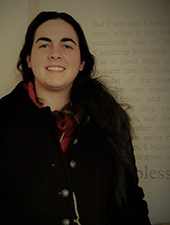 An online journal “dedicated to short fiction,” Fiction Southeast features a monthly series of articles under the label of “Suggestions & Advice for Writers.” Recent essays include “On Writing” by Devin Matthews, “Death of the Short Story” by G. D. McFegridge, “I Denigrate Myself” by Evan Dunsky, “A Time for Fantasy” by Abagail Becastro [pictured], and “On The Artistic Temperament and a Writer’s Need for Privacy” by Pamelyn Casto.
An online journal “dedicated to short fiction,” Fiction Southeast features a monthly series of articles under the label of “Suggestions & Advice for Writers.” Recent essays include “On Writing” by Devin Matthews, “Death of the Short Story” by G. D. McFegridge, “I Denigrate Myself” by Evan Dunsky, “A Time for Fantasy” by Abagail Becastro [pictured], and “On The Artistic Temperament and a Writer’s Need for Privacy” by Pamelyn Casto.

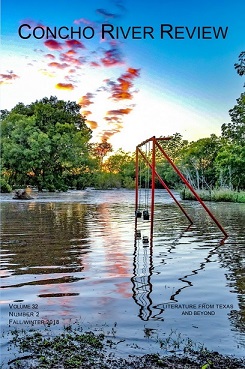
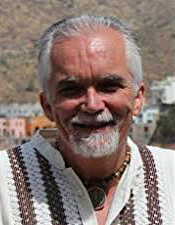 Based on Editor Victor David Sandiego’s intro commentary, it sounds like the Winter 2018 issue of
Based on Editor Victor David Sandiego’s intro commentary, it sounds like the Winter 2018 issue of 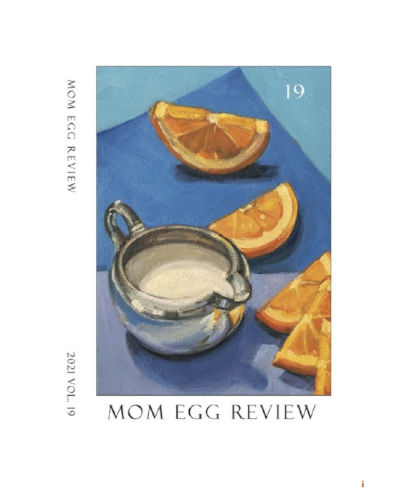 In addition to the print annual,
In addition to the print annual, 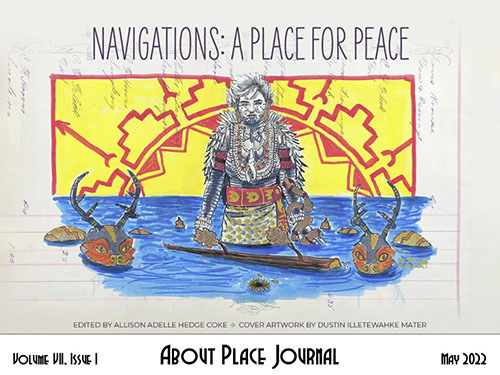 About Place Journal
About Place Journal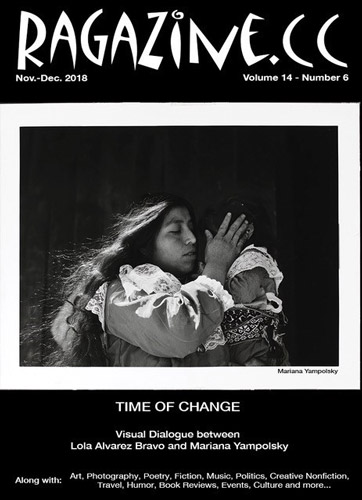
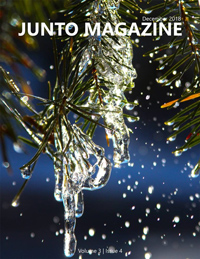

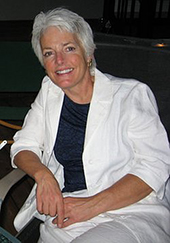 “Alabama for Beginners,” Jean Ryan’s featured essay in a recent issue of
“Alabama for Beginners,” Jean Ryan’s featured essay in a recent issue of 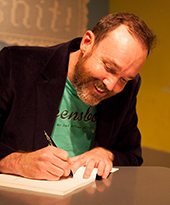 The Greensboro Review
The Greensboro Review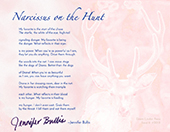 With each new issue of its online poetry journal,
With each new issue of its online poetry journal, 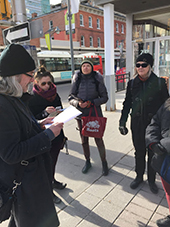 Approached by Canada’s
Approached by Canada’s 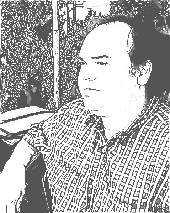 . . . I wonder if
. . . I wonder if The December issue of
The December issue of 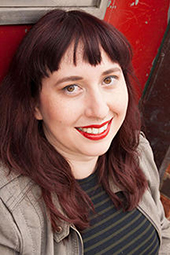 In her editorial to
In her editorial to 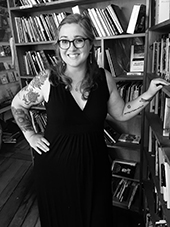 In collaboration with
In collaboration with 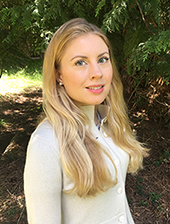 Issue 204 of
Issue 204 of 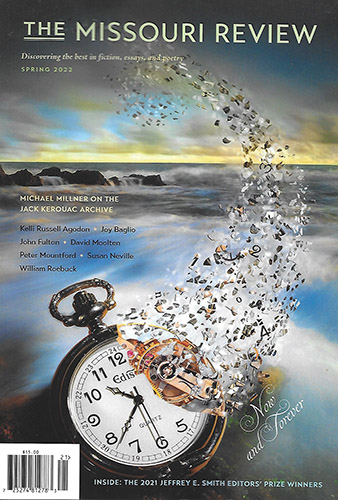 From Speer Morgan’s “
From Speer Morgan’s “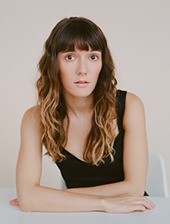 The Fall 2018 issue of
The Fall 2018 issue of 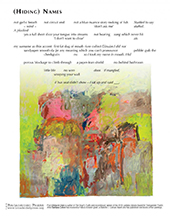 A
A 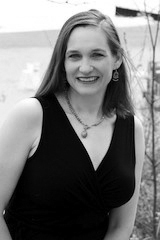 The Fall/Winter 2018 issue of
The Fall/Winter 2018 issue of 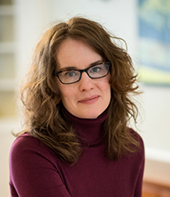 Heading down its home stretch,
Heading down its home stretch, 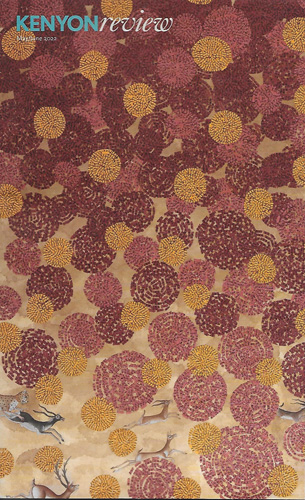 The November/December 2018 issue of
The November/December 2018 issue of 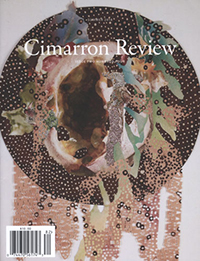 Mary A. Johnson’s “Staurozoanastic Cavity” (2017) is featured on the cover of the
Mary A. Johnson’s “Staurozoanastic Cavity” (2017) is featured on the cover of the 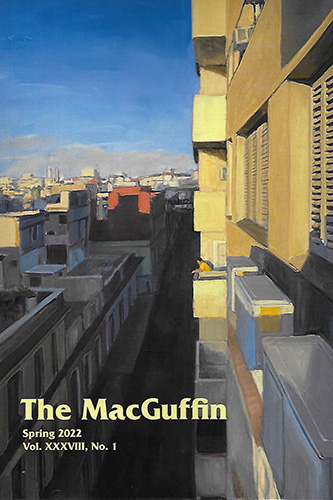

 The December 2018 issue of Poetry Magazine features the
The December 2018 issue of Poetry Magazine features the 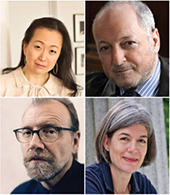 Until November 29,
Until November 29,  Winner of the Poetry Award
Winner of the Poetry Award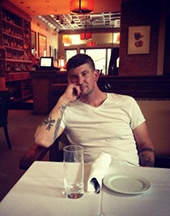 “Cadets are keen observers of social cues from their professors, retracting behind the protective formalities of rank at the first whiff of ‘agenda,’ regardless of its political stripe. It’s easy enough, and they have little social capital invested in the humanities. Nor do they know many people who do. . . . Unlike most of us, though, Cadets will flat-out ask in public how reading poems matters to future practitioners of their trade.
“Cadets are keen observers of social cues from their professors, retracting behind the protective formalities of rank at the first whiff of ‘agenda,’ regardless of its political stripe. It’s easy enough, and they have little social capital invested in the humanities. Nor do they know many people who do. . . . Unlike most of us, though, Cadets will flat-out ask in public how reading poems matters to future practitioners of their trade.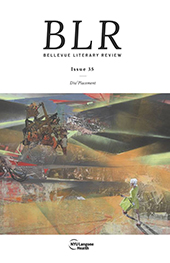 Bellevue Literary Review
Bellevue Literary Review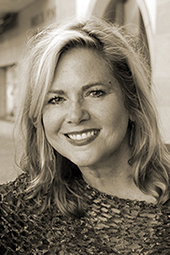 WINNER
WINNER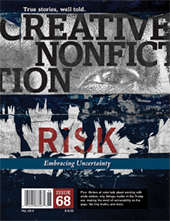 In his introduction the the Fall 2018 issue of
In his introduction the the Fall 2018 issue of 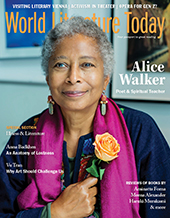 “And the question is why are people so numb? I think they are awakening, and I’m very happy about that. But awakening has been so slow. And that’s the dark age. People are having a hard time gaining knowledge and wisdom. The educational systems are completely unreliable and full of land mines for most people. So, yes, it is a dark age, and you can only hope people will come out of it, but they have to turn off gadgets and start to talk to people. And the time is very short.”
“And the question is why are people so numb? I think they are awakening, and I’m very happy about that. But awakening has been so slow. And that’s the dark age. People are having a hard time gaining knowledge and wisdom. The educational systems are completely unreliable and full of land mines for most people. So, yes, it is a dark age, and you can only hope people will come out of it, but they have to turn off gadgets and start to talk to people. And the time is very short.” Today is the day.
Today is the day. 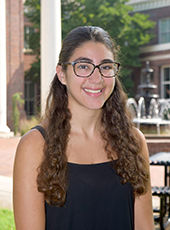 The Pablo Neruda Prize in Poetry
The Pablo Neruda Prize in Poetry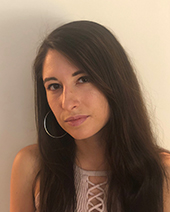 First place: Laura Roque [pictured] of Hialeah, Florida, wins $3000 for “Lady-Ghost Roles.” Her story will be published in Issue 105 of Glimmer Train Stories.
First place: Laura Roque [pictured] of Hialeah, Florida, wins $3000 for “Lady-Ghost Roles.” Her story will be published in Issue 105 of Glimmer Train Stories. 1st place goes to Peter Sheehy, of Astoria, New York, who wins $2000 for “Things Frozen Then.” His story will be published in Issue 105 of Glimmer Train Stories. [Photo credit: Henry Porter]
1st place goes to Peter Sheehy, of Astoria, New York, who wins $2000 for “Things Frozen Then.” His story will be published in Issue 105 of Glimmer Train Stories. [Photo credit: Henry Porter] The English Department at Ohio Northern University has opened a new
The English Department at Ohio Northern University has opened a new  With its most recent edition,
With its most recent edition,  It’s all like a bad riddle, our widow friend
It’s all like a bad riddle, our widow friend Driftwood Press
Driftwood Press
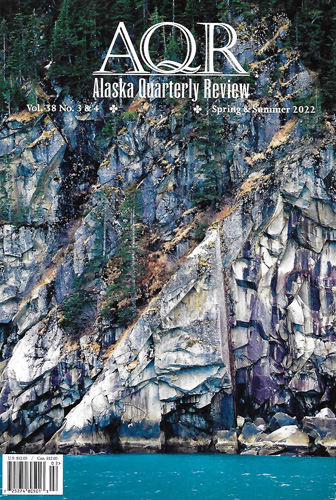
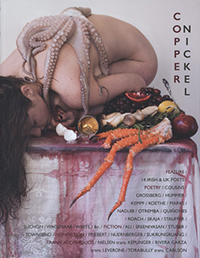

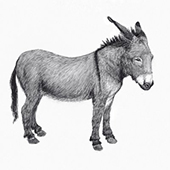 If the idea of snuggling up to a stack of submissions sounds like the most romantic way to spend your evening with the one you love, then you can pretty much imagine the lives of Genevieve Kersten and Eric Andrew Newman, editors of the newest online venue for poetry and flash fiction:
If the idea of snuggling up to a stack of submissions sounds like the most romantic way to spend your evening with the one you love, then you can pretty much imagine the lives of Genevieve Kersten and Eric Andrew Newman, editors of the newest online venue for poetry and flash fiction: 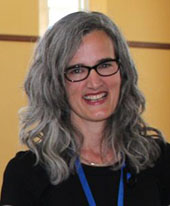 “Literature is not efficient,” writes
“Literature is not efficient,” writes 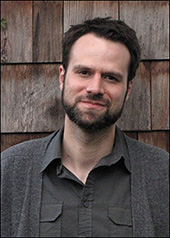 Winner
Winner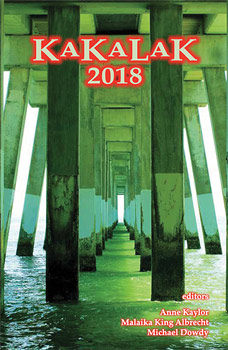 Main Street Rag accepts submissions to the Kakalak anthology each year, publishing poetry and art by or about the Carolinas. Submissions are selected through an annual contest, opening in January and running through May.
Main Street Rag accepts submissions to the Kakalak anthology each year, publishing poetry and art by or about the Carolinas. Submissions are selected through an annual contest, opening in January and running through May.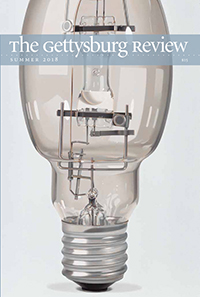
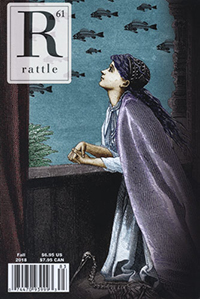
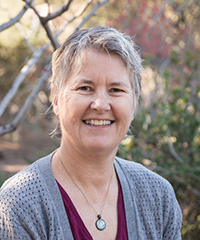 As always,
As always,